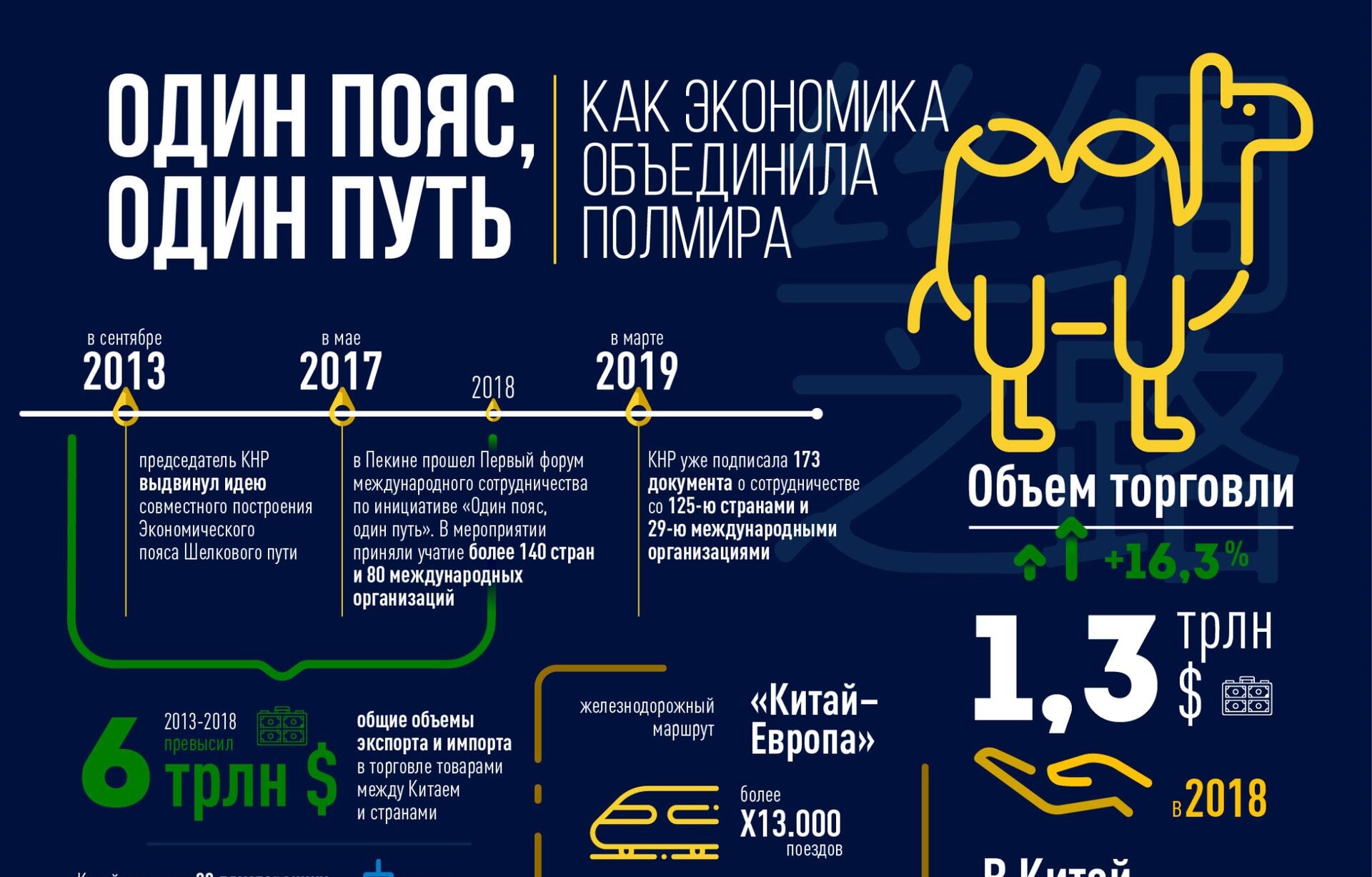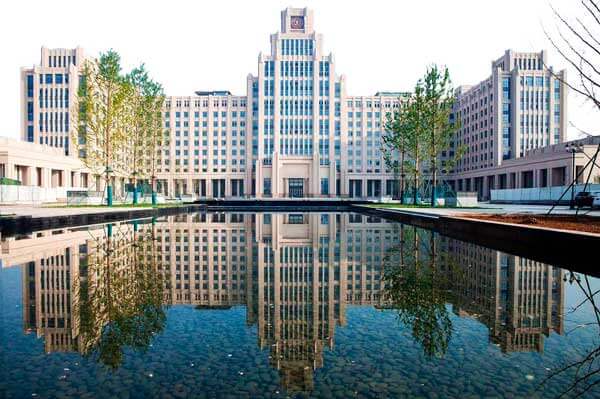"ONE BELT, ONE ROAD" - THE GLOBAL SILK ROAD RESTORATION PROJECT.
For reference: The Great Silk Road was a caravan route linking East Asia with the Mediterranean in ancient and medieval times. It was mainly used to export silk from China, hence its name. The route was established in the 2nd century BC
It is therefore logical that the initiative to jointly build "One Belt, One Road" originated in China, but at the same time belongs to the whole world. It is both deeply rooted in the history of the Silk Road and forward-looking. Its priority is to improve trade and economic relations between the continents of Asia, Africa and Europe, and it is open to all interested partners.








